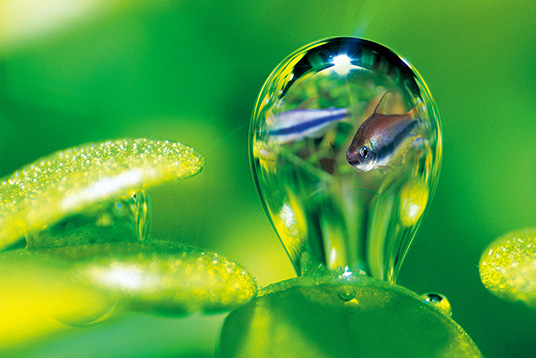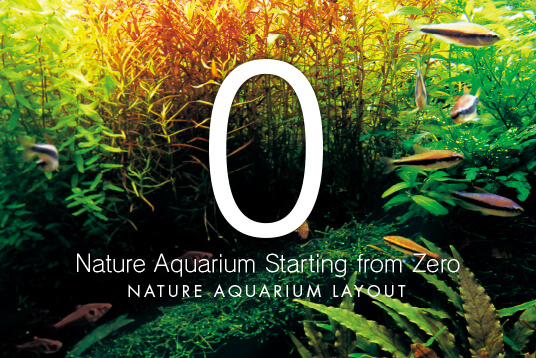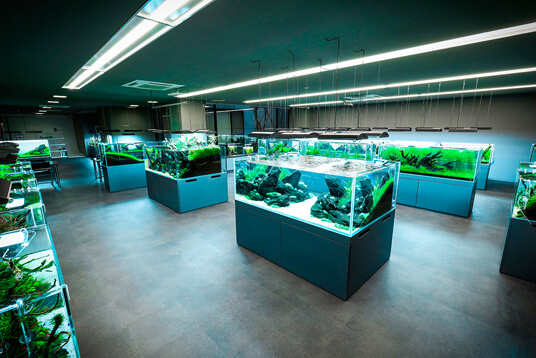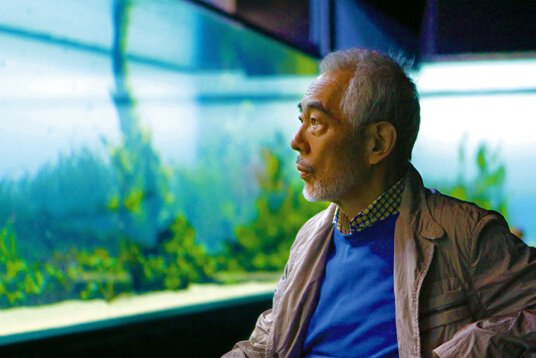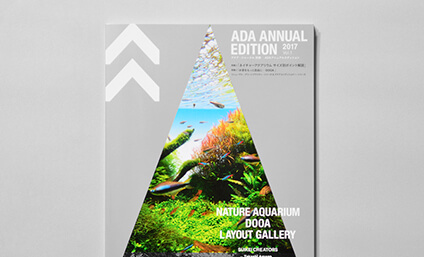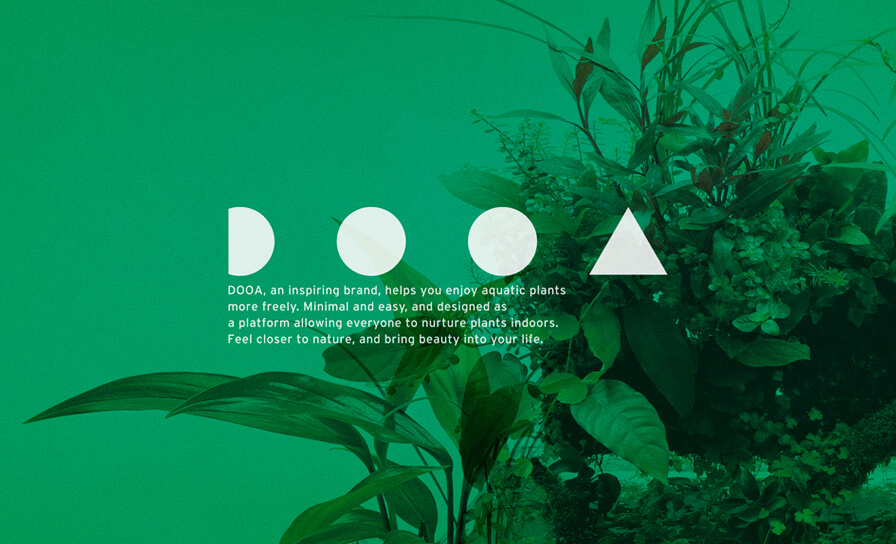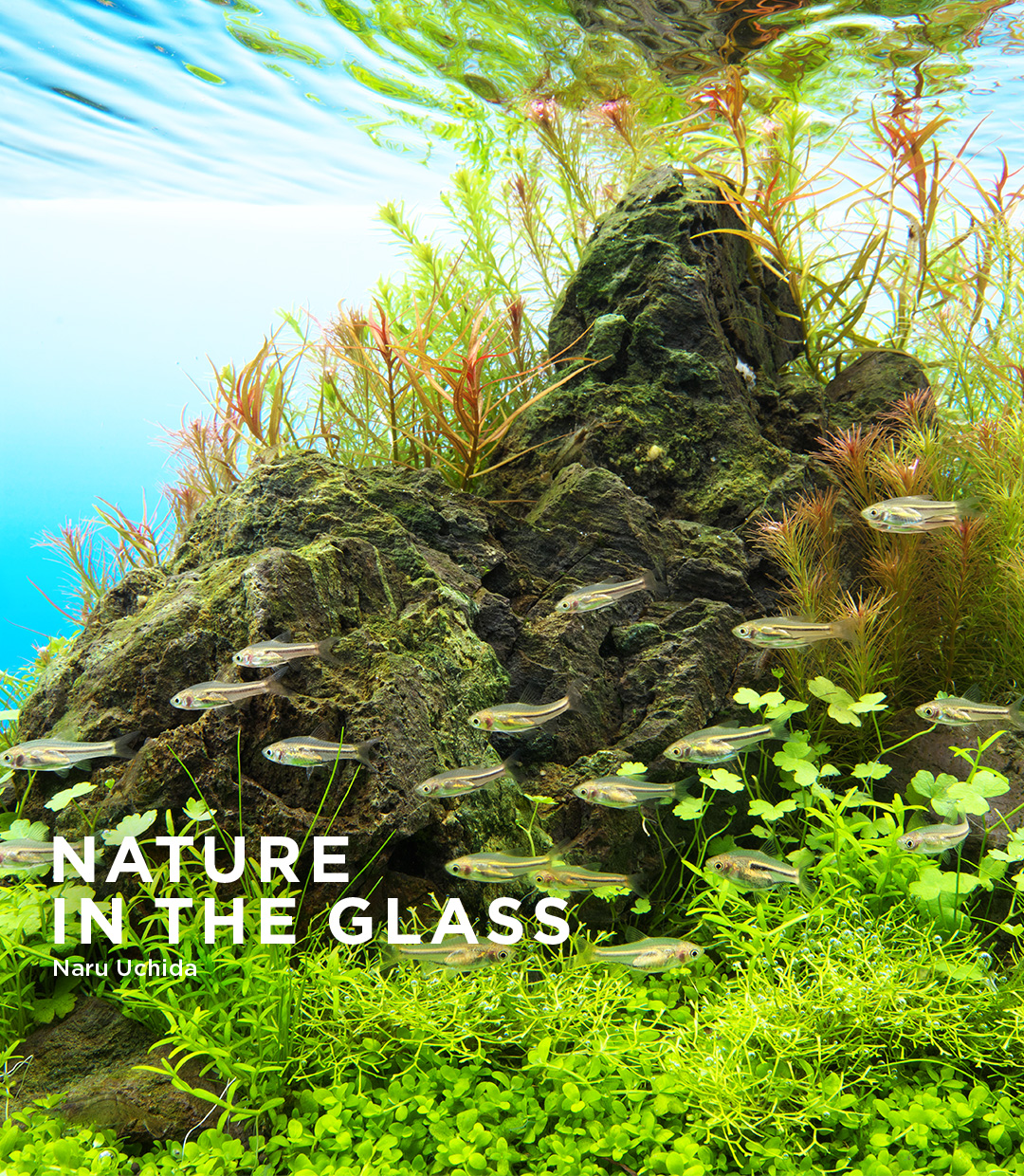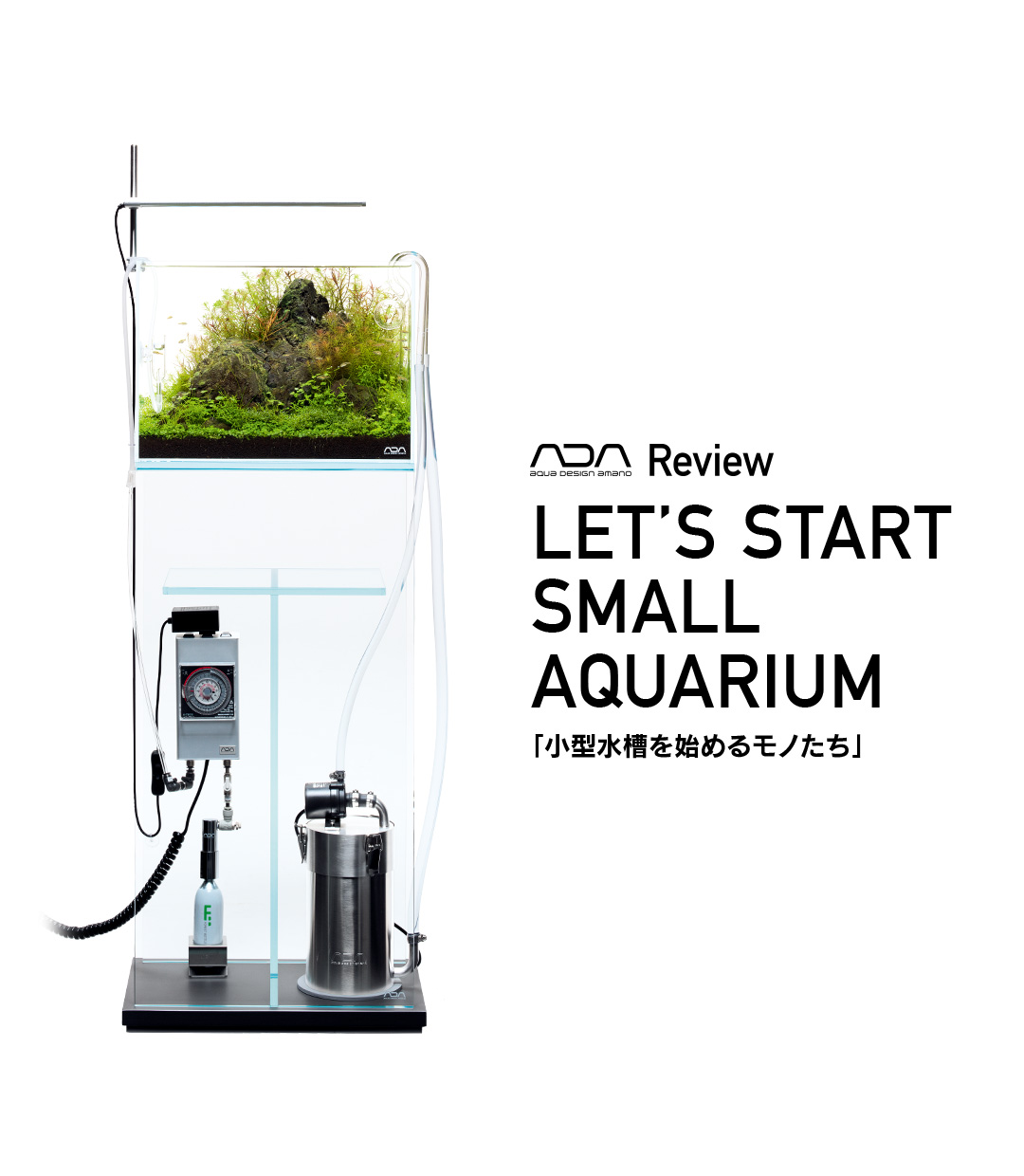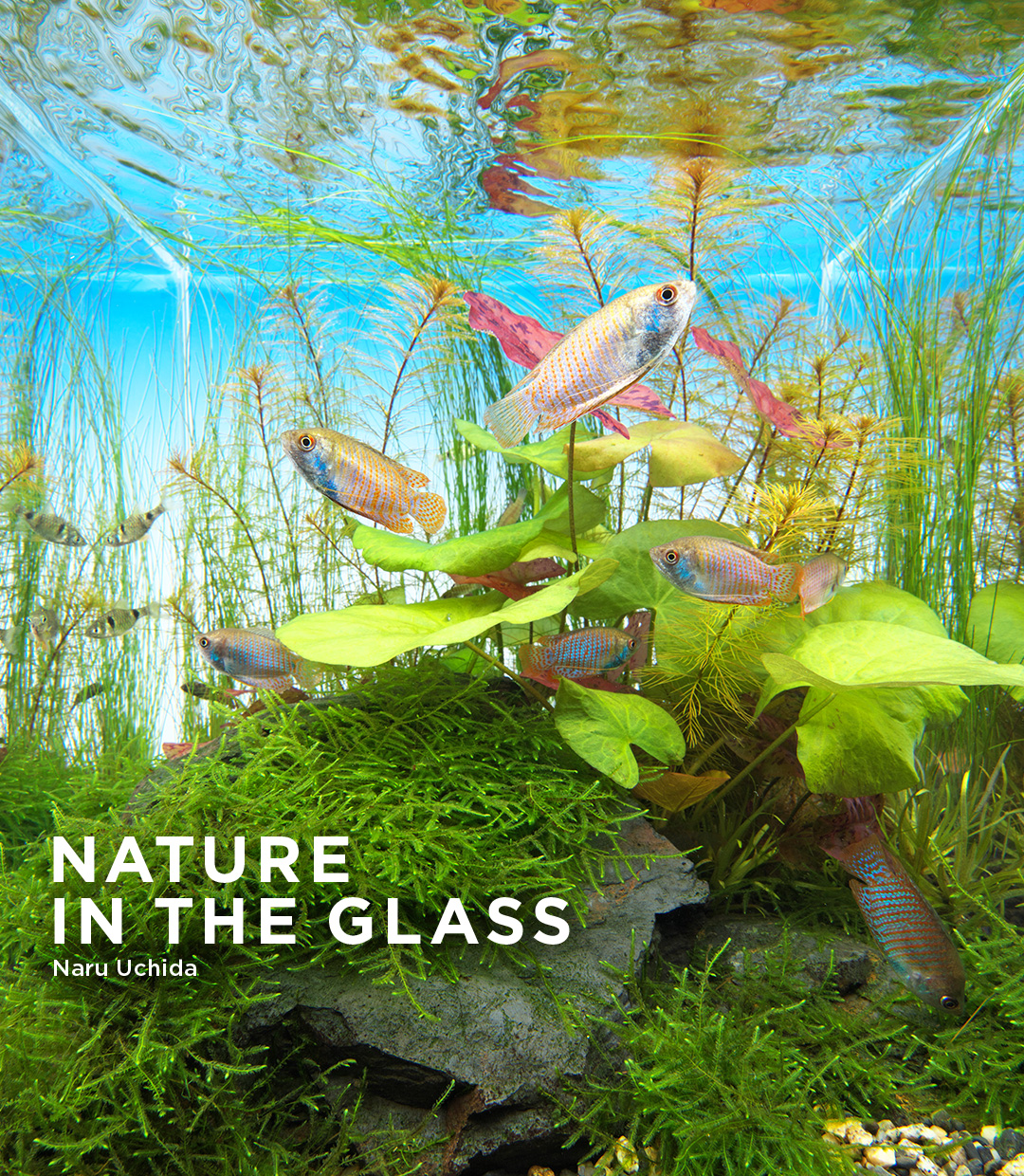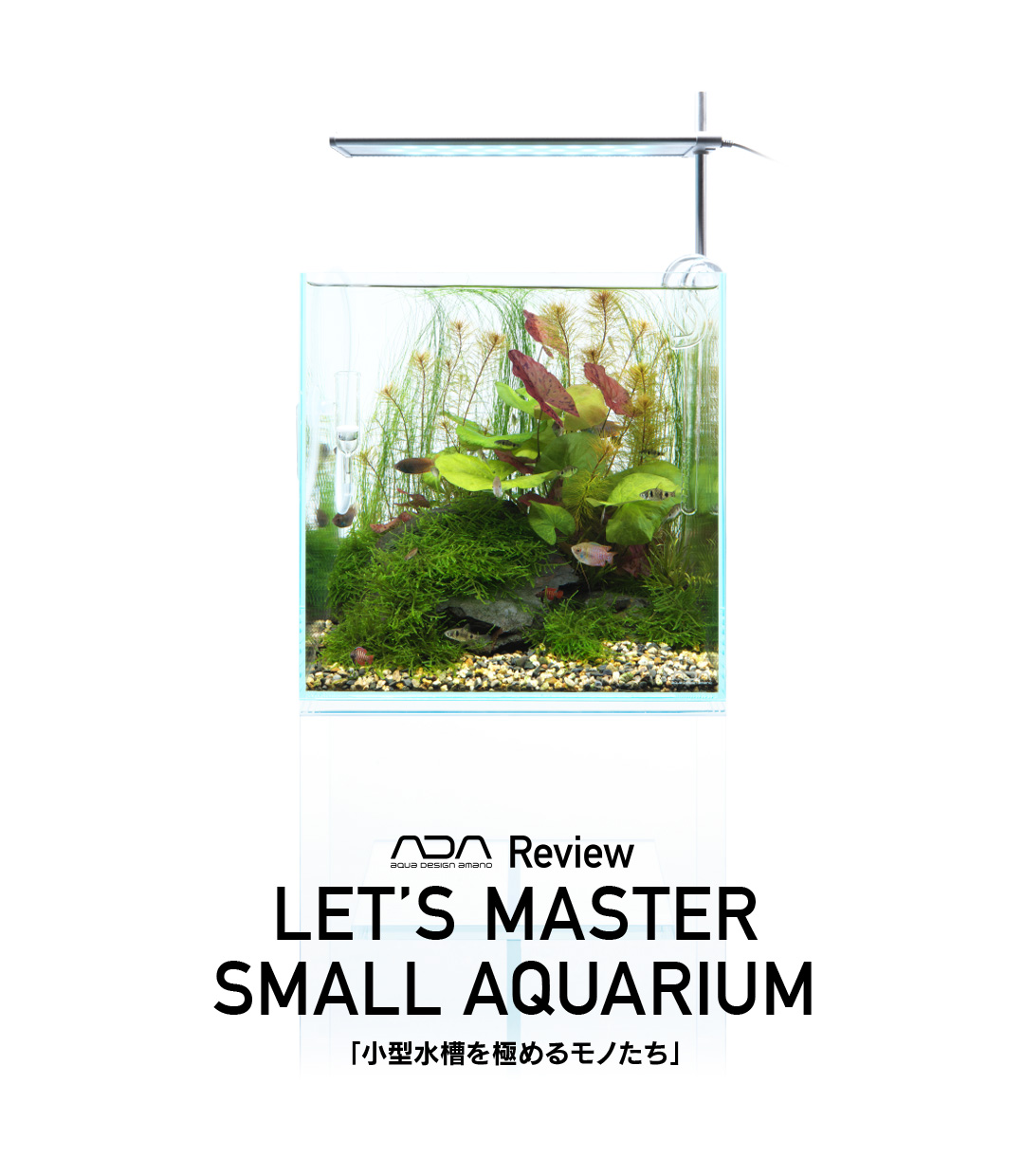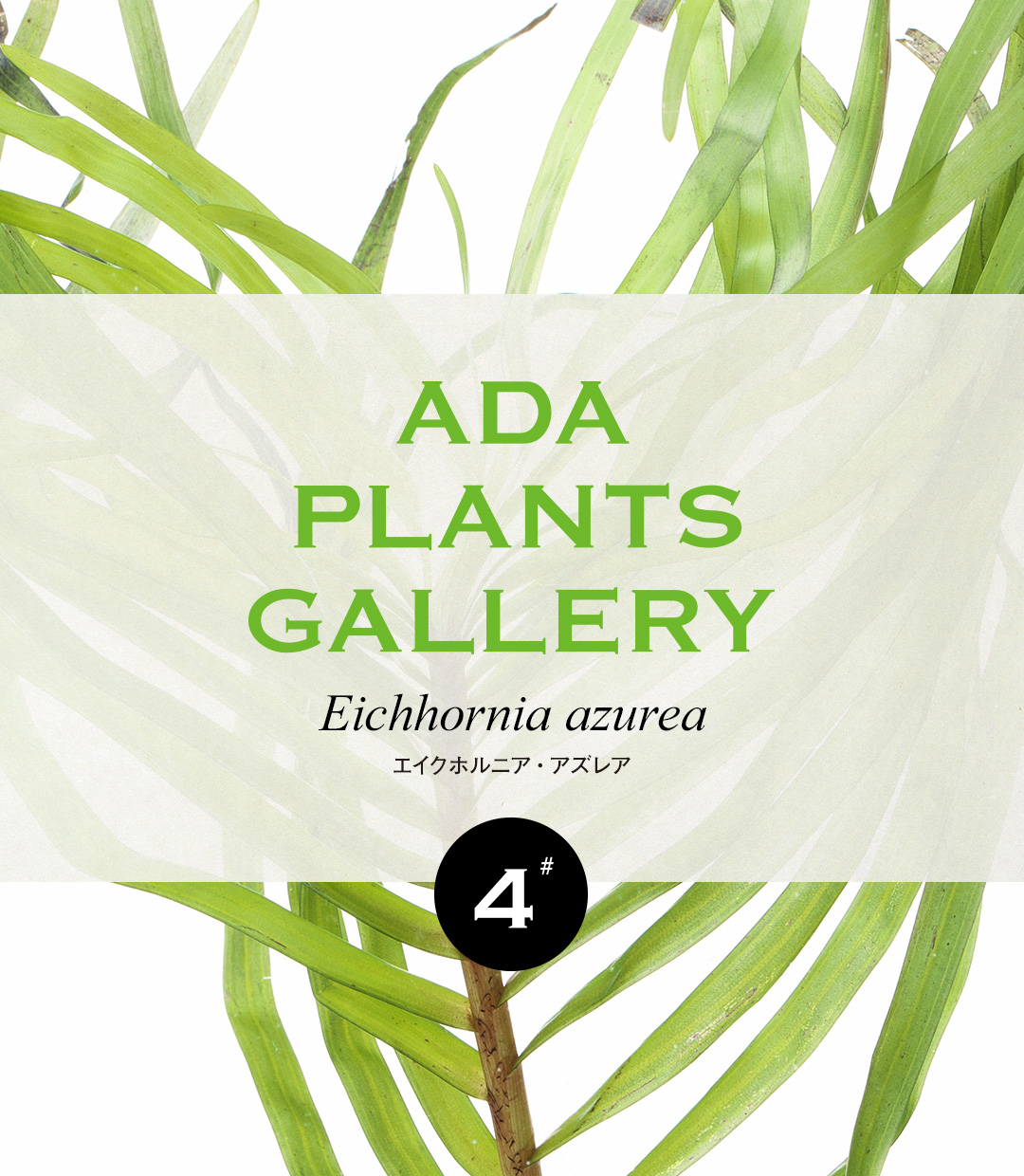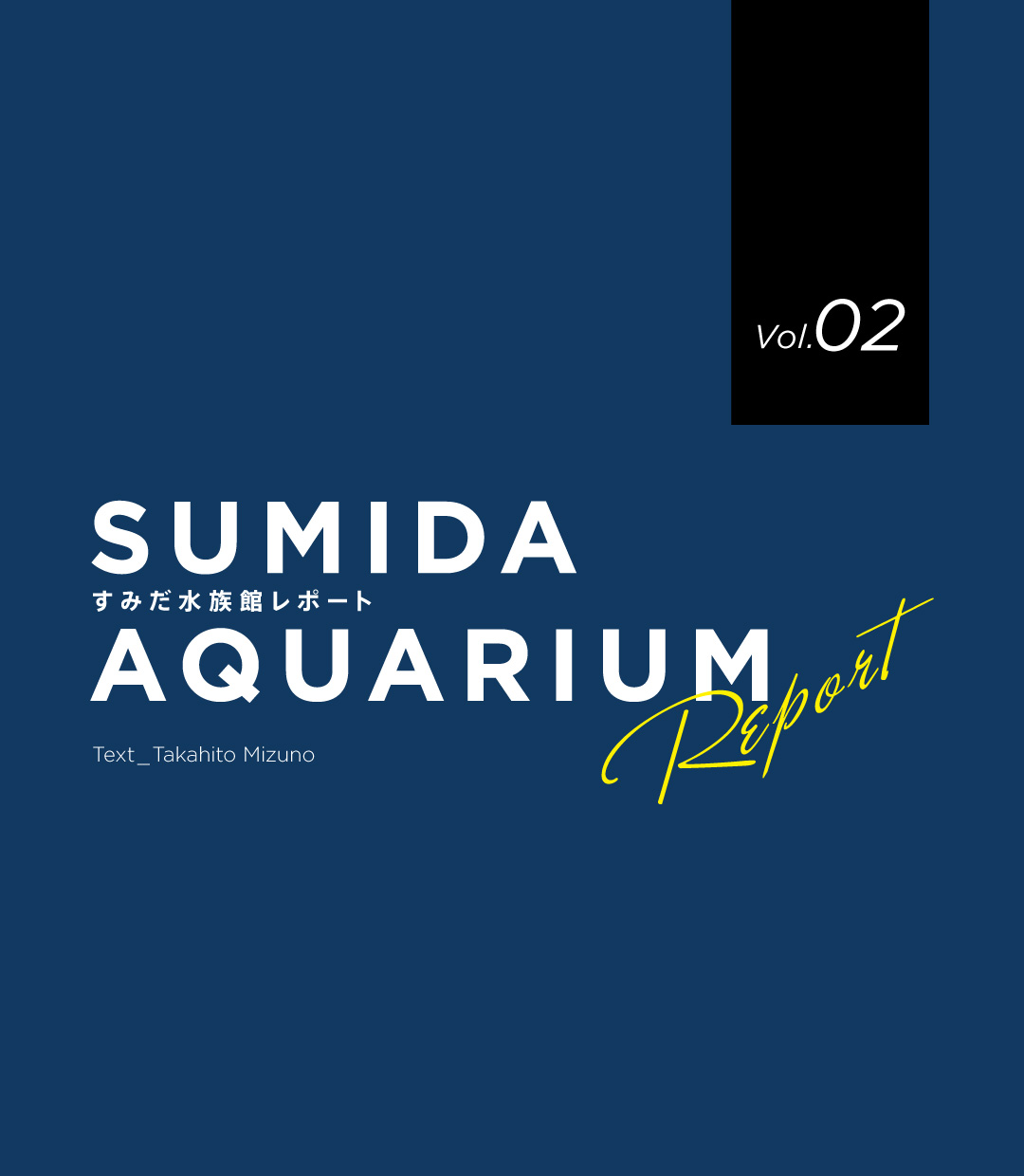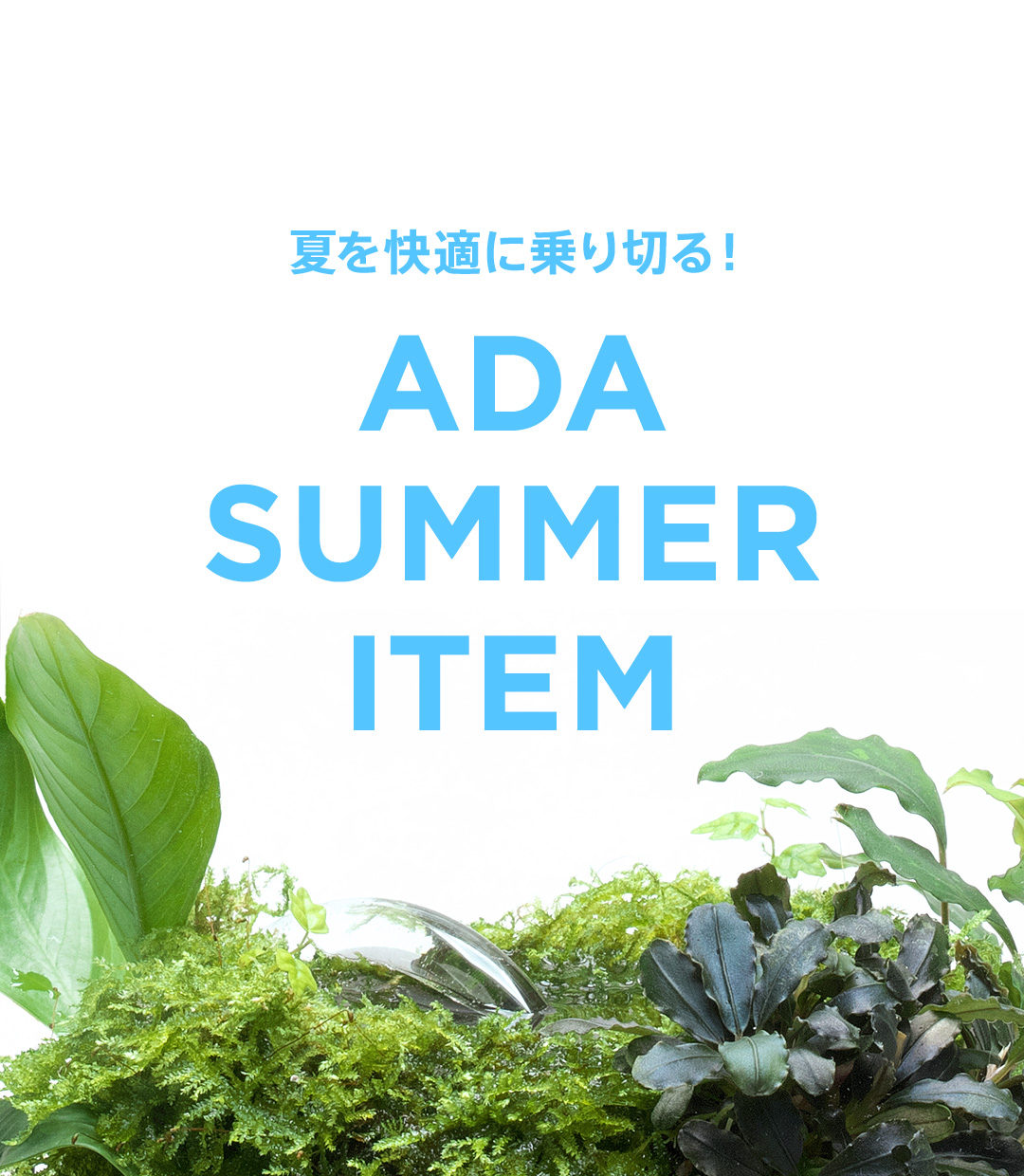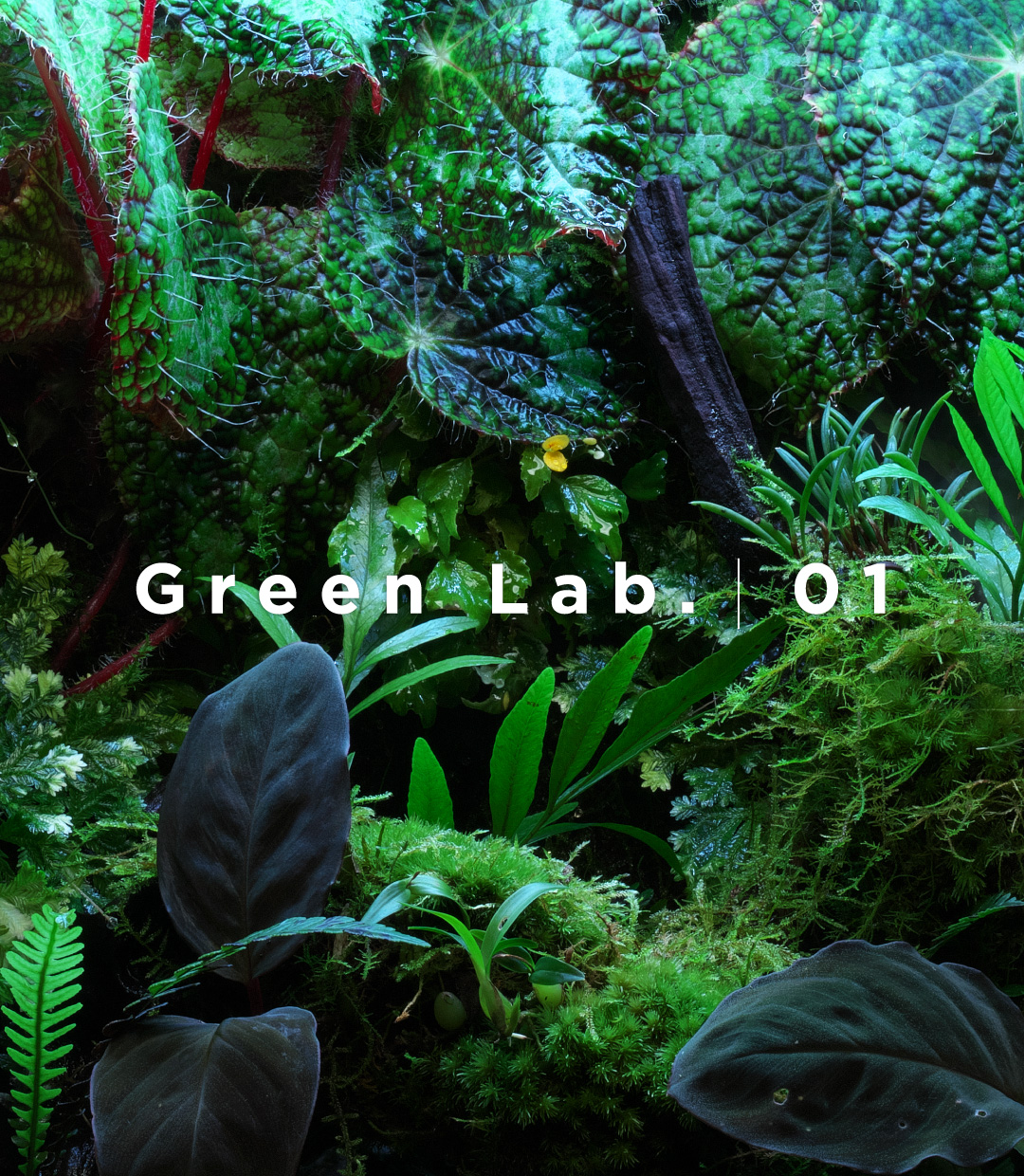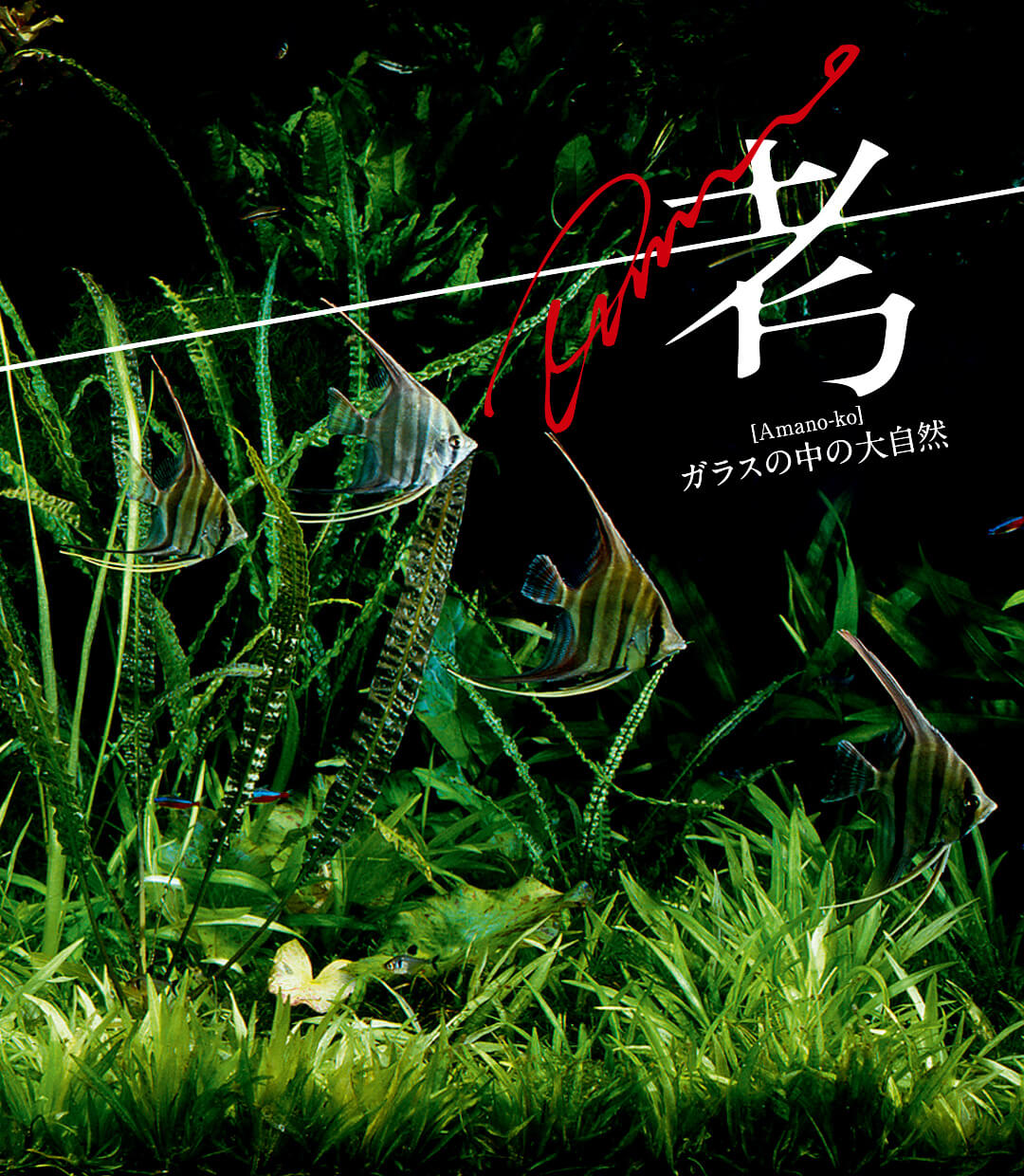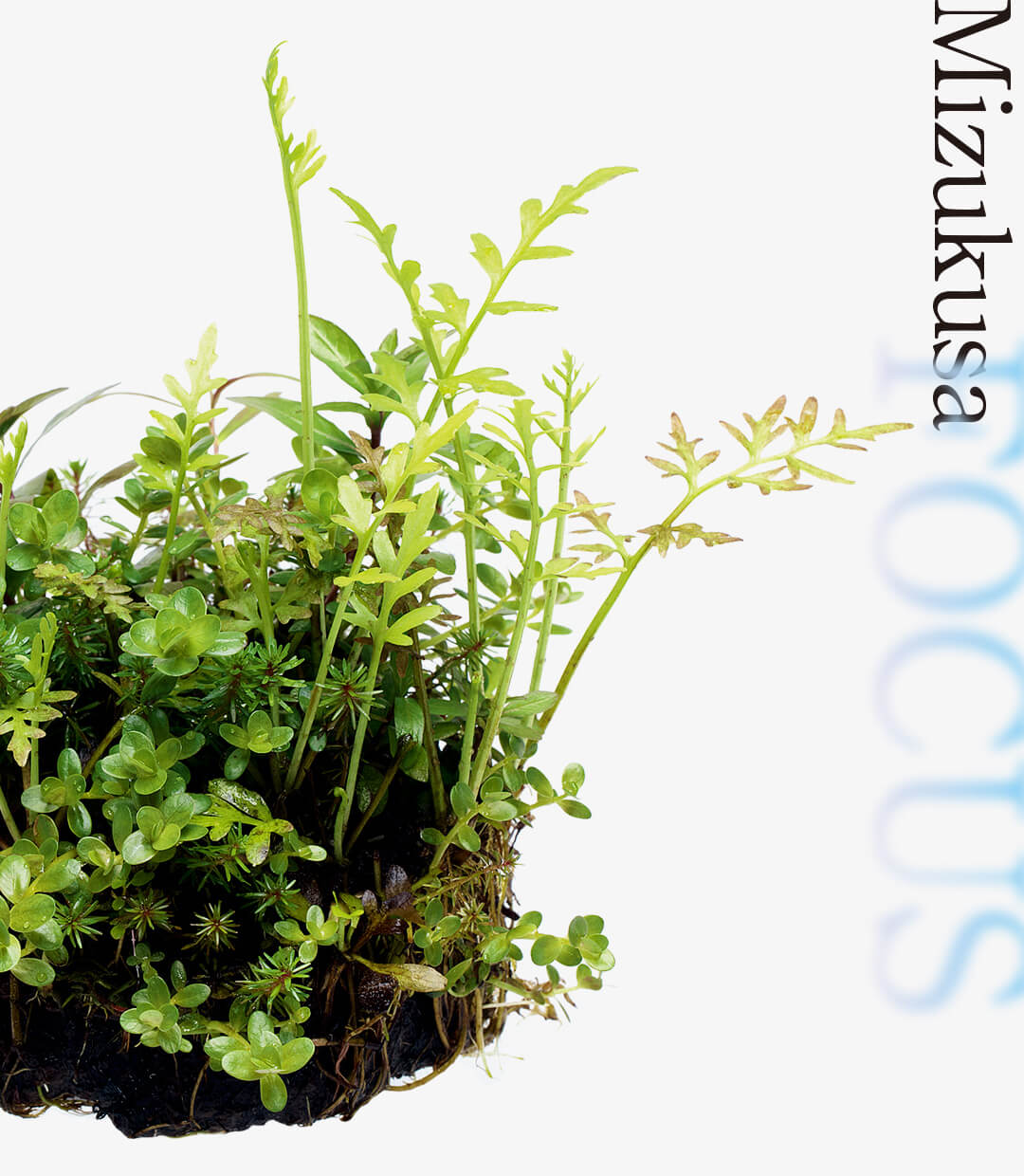ADA PLANTS GALLERY #04 Eichhornia azurea
ADA’s Research and Development Department, called the Green Lab, develops a wide variety of greenery products. In this article, we would like to share with you some interesting bits of trivia about the plants produced in the lab, and a part of their true nature we see from time to time.
“Traveller’s aquatic plant”
Eichhornia azurea, widely distributed in Central and South America, is an aquatic plant in the same Pontederiaceae family as heartshape false pickerelweed (Monochoria vaginalis) and common water hyacinth (Eichhornia crassipes). It has distinctive submerged leaves that grow in an alternate pattern, and looks like an elongated traveller’s tree (Ravenala madagascariensis). With an overall width of more than 30 cm, the plant has a strong visual impact like no other aquatic plant, and is definitely considered exceptional or uncommon. The plant is rarely seen in aquatic plant layouts because it grows fast and large, making it difficult to get balanced with other aquatic plants.
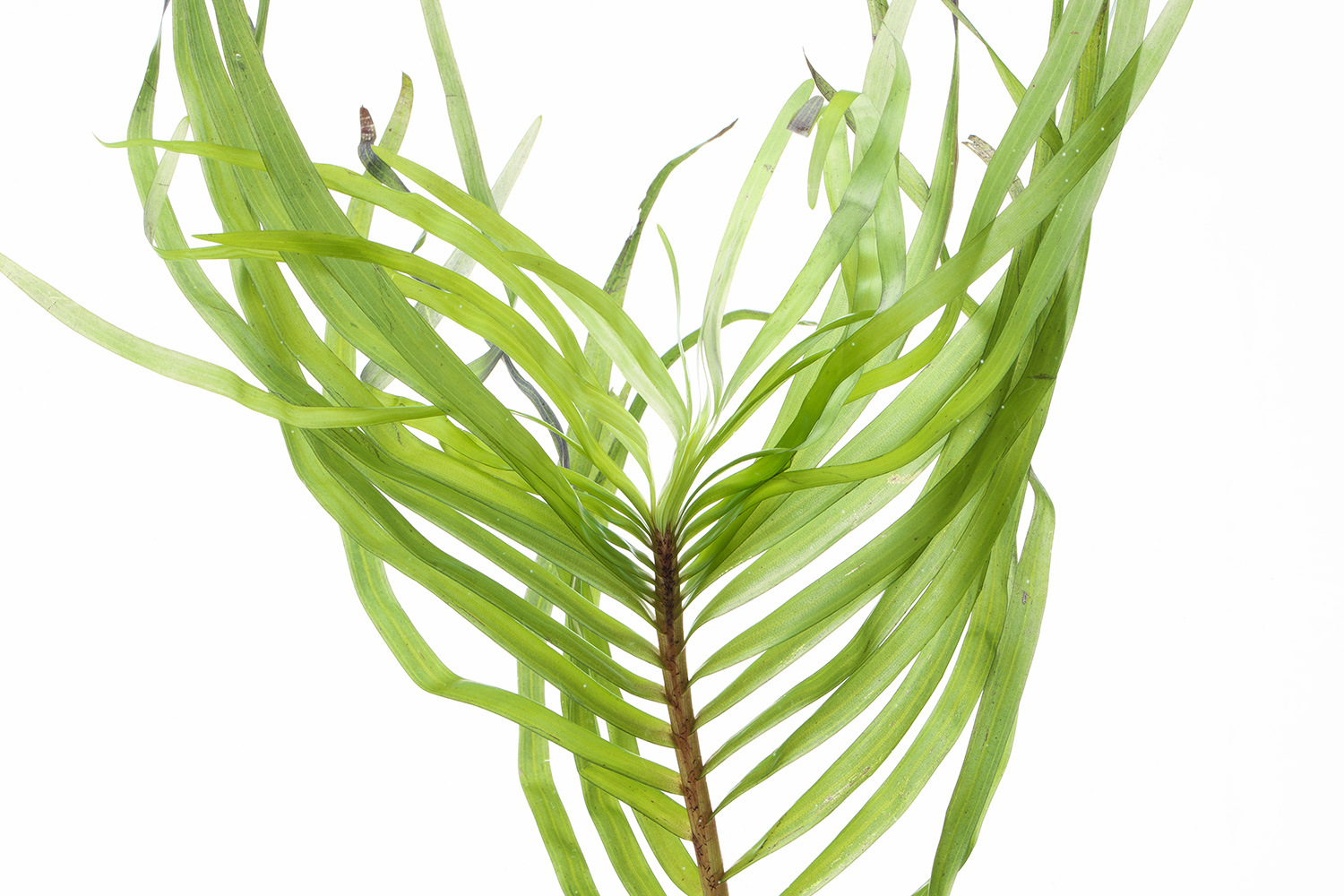
An aquatic plant that invites us to large size aquarium layouts
One of the ADA SUIKEI creators once told me that E. azurea has a wild charm that no other aquatic plants have, and it is the one and only aquatic plant that makes him dream of creating an extra large-scale aquarium layout. However, creating a layout that can highlight the individuality of this plant is highly challenging. Key points would be a bold composition, a sense of scale, and a slightly more macro perspective. Moreover, when considering maintaining it in the submersed form for a long time, it’s never easy to use this aquatic plant for planted layouts, even in a large tank.
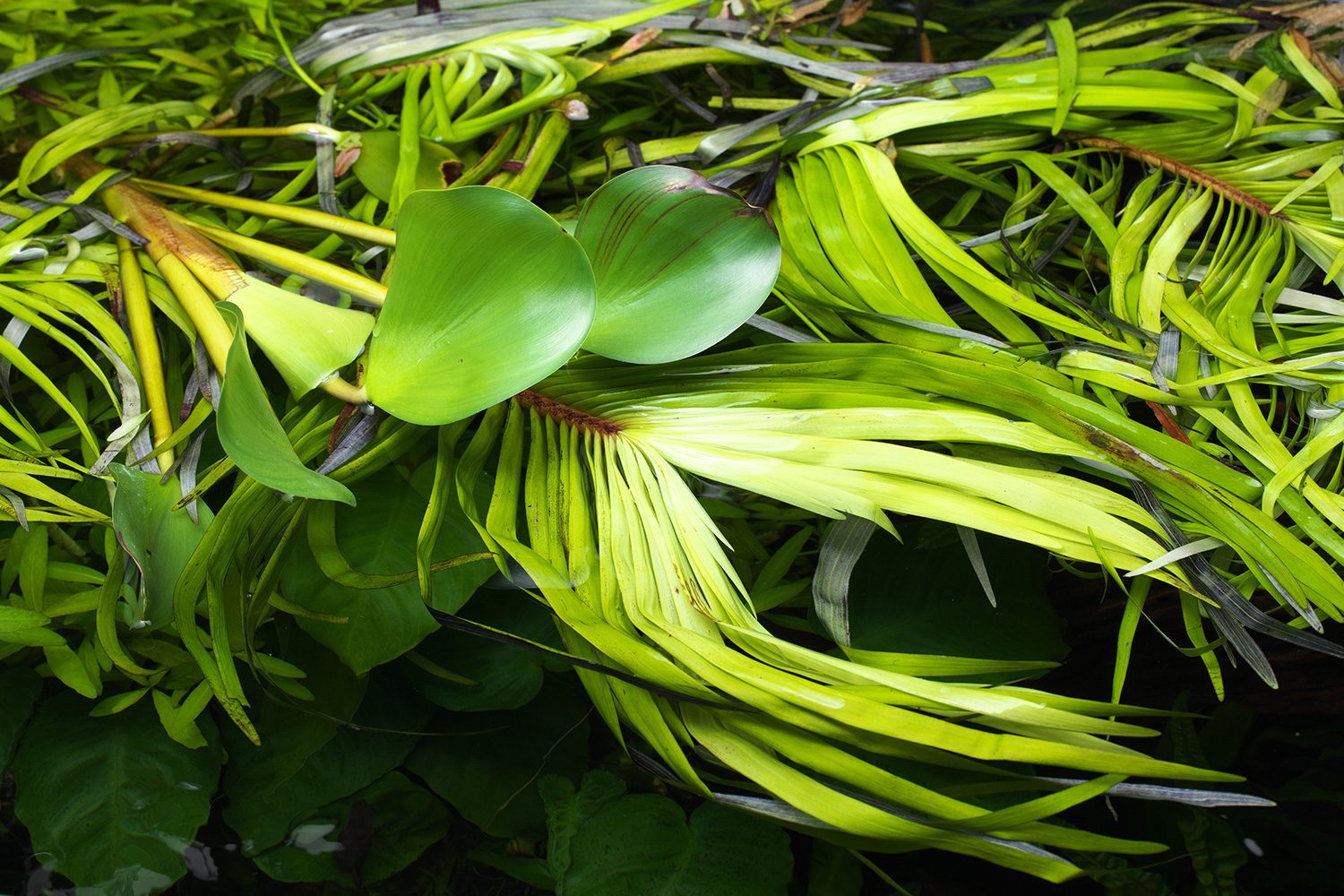
It’s in their nature to float.
The floating leaves develop when reaching the surface of the water. Highly buoyant petioles and stems are formed and, although they are connected to the bottom of the water, they actively produce roots in the water, floating like common water hyacinth. In an open-style aquarium, it would be fun to let the floating leaves expand and enjoy a natural habitat atmosphere. However, this plant is not suitable for long-term maintenance in a small aquarium as it covers the entire water surface.
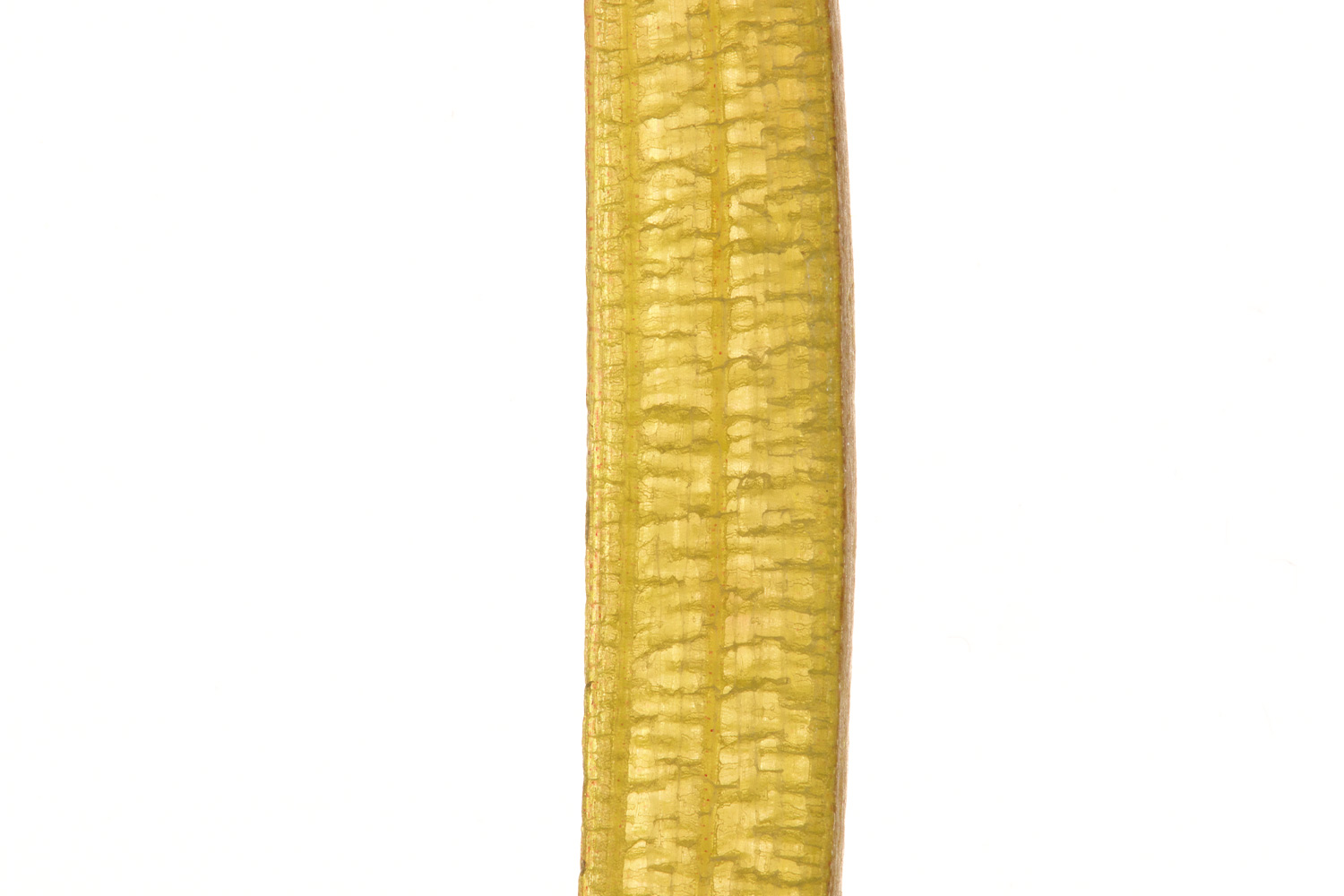
It’s a place where wildlife find a home.
In its native habitat such as the South American Pantanal, E. azurea can easily be seen in colonies on the water surface, and is often seen photographed with capybaras, large size rodents. It also serves as a hunting ground for giant anacondas of the Amazon to hunt waterfowls, and plays an important role as a home for fish in the water. When its emersed leaves are matured, the inflorescence develops to produce dozens of flowers. The flowers are very beautiful with white or pale purple petals and an indigo colored core.
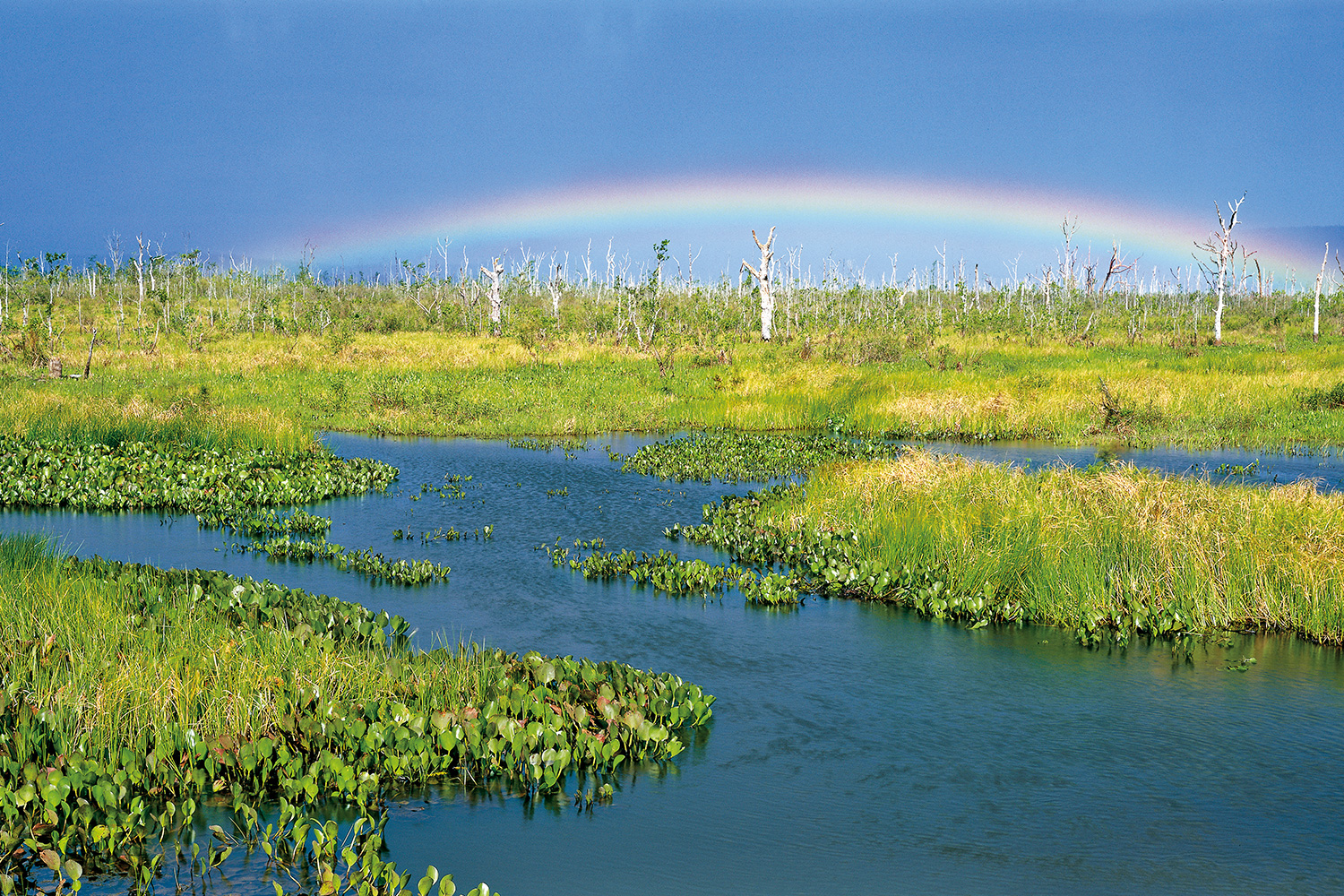
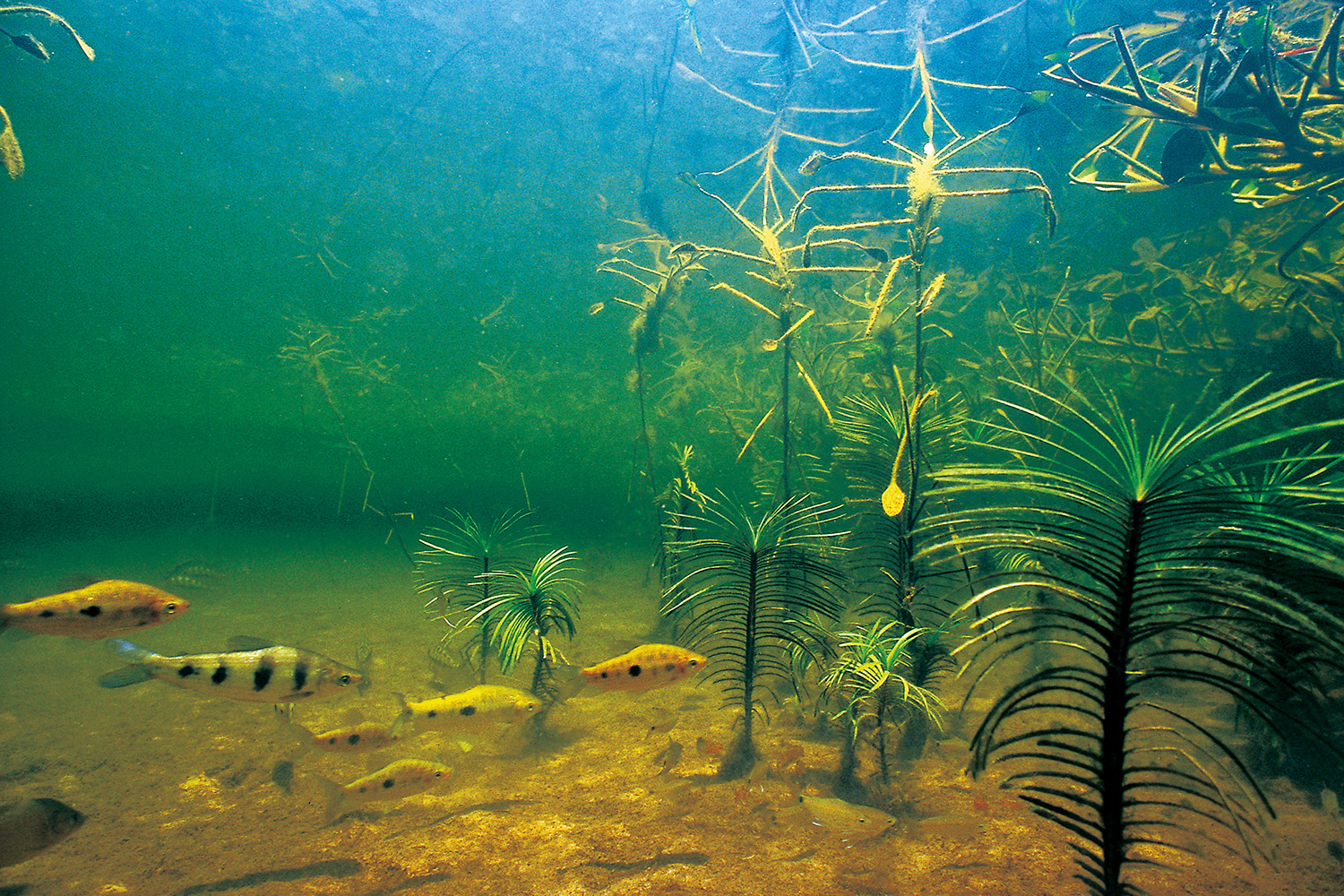
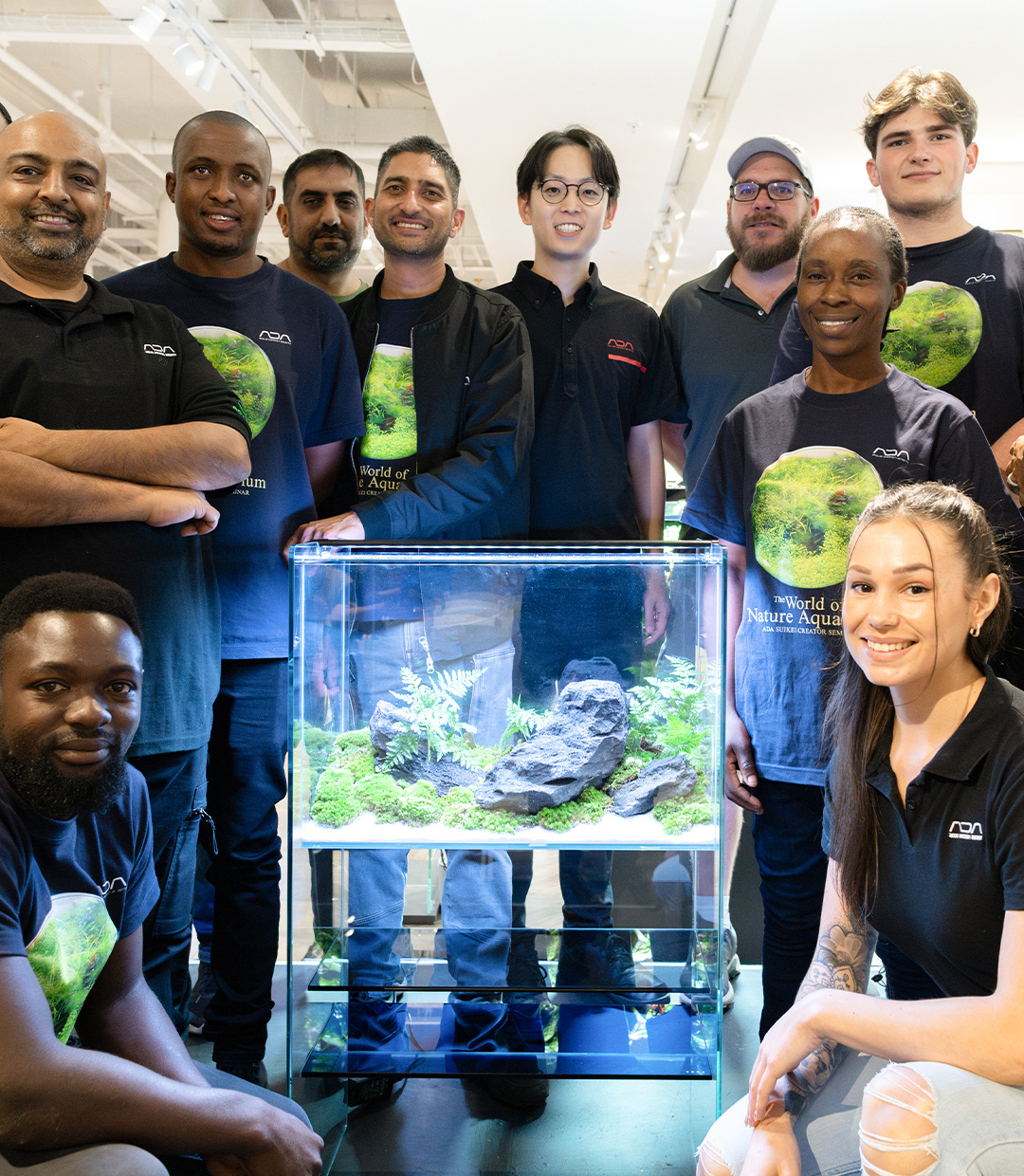
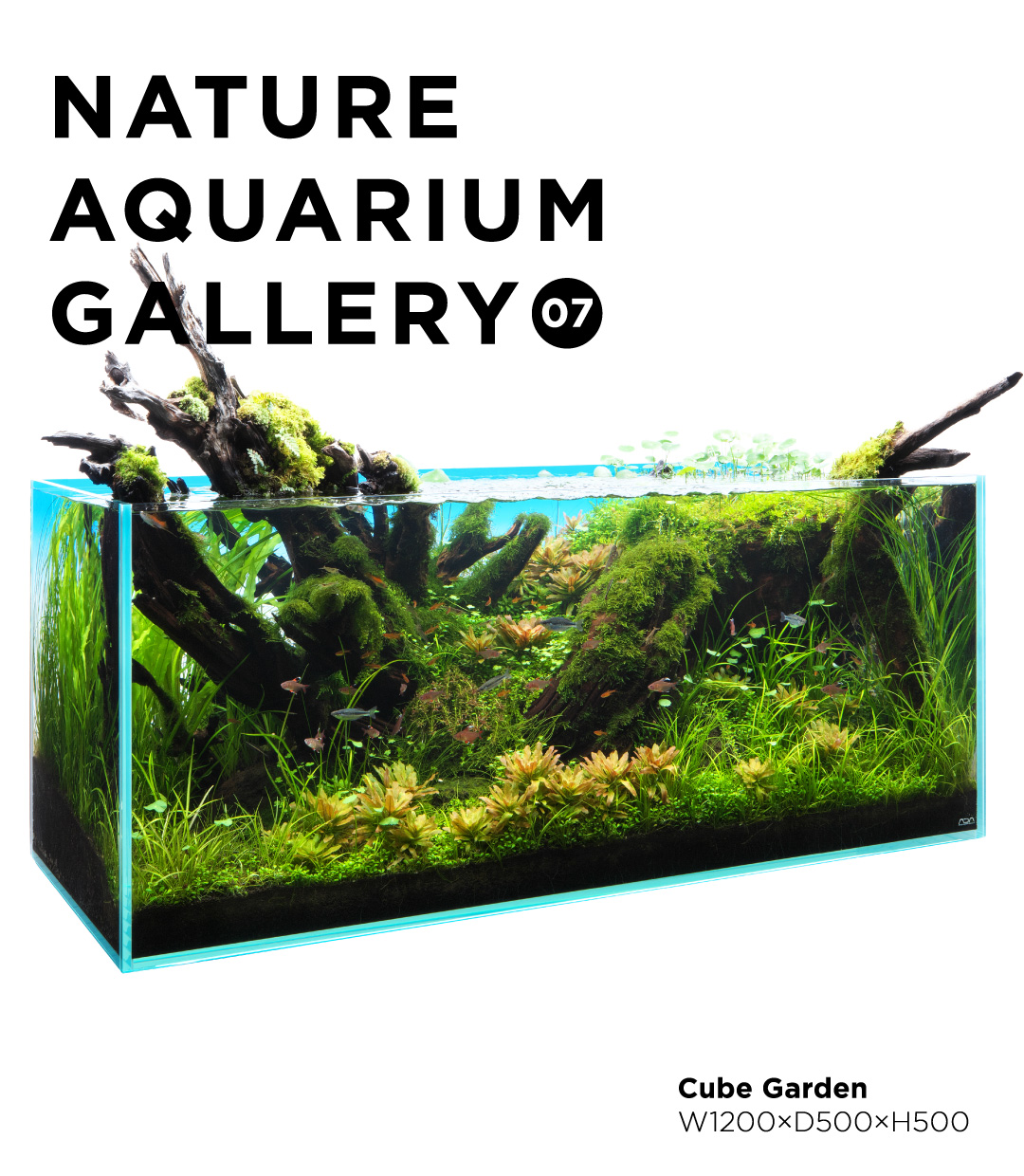
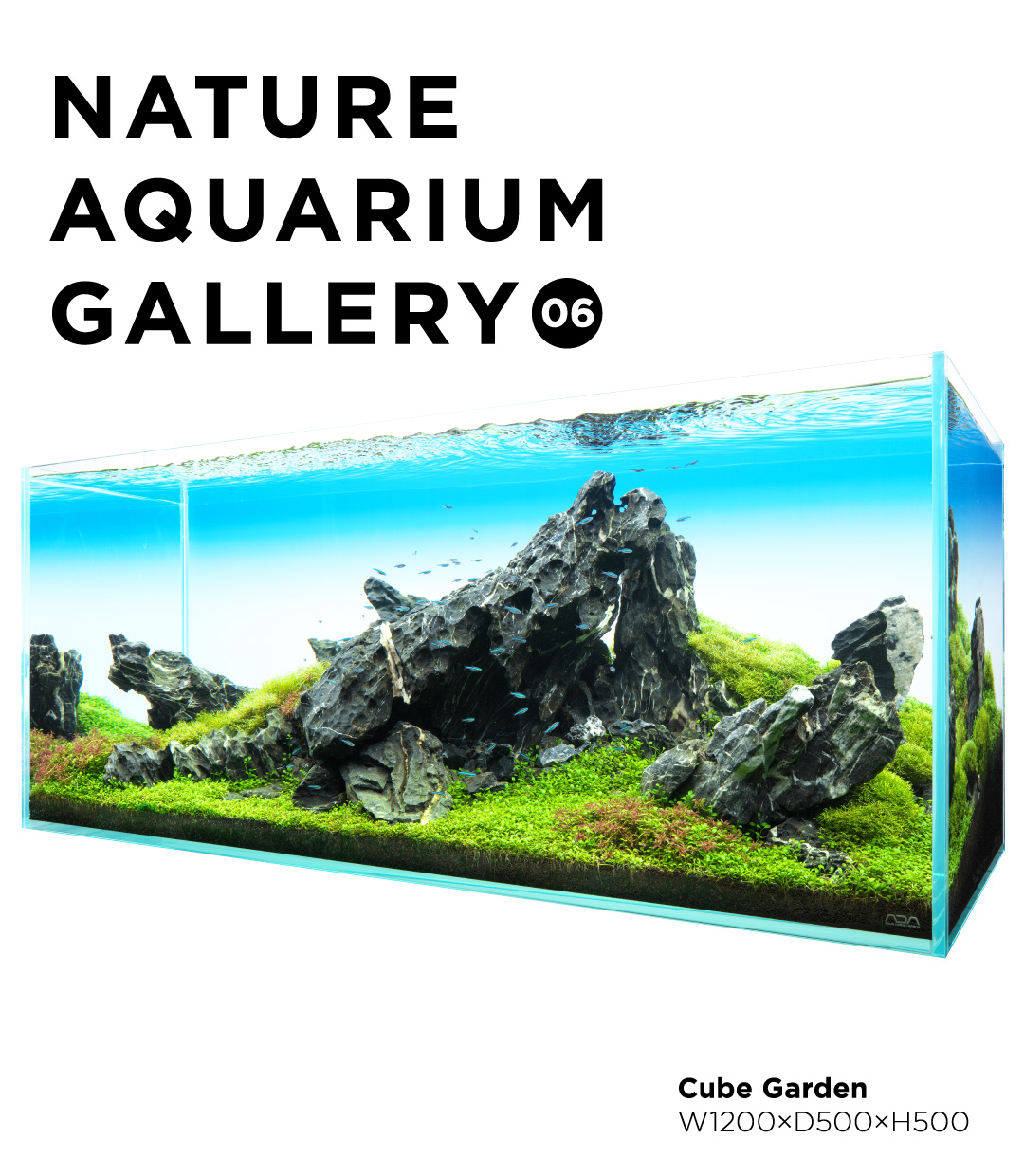
![Green Lab. #06 [ A Restful Waterside ]](https://www.adana.co.jp/wp-content/uploads/sites/3/2025/11/gl06_img_ogp.jpg)
